Israel’s 5 Best Fighter Planes Ever
Israel’s F-35I Adir fighter is perhaps the most recognizable platform in its aerial fleet and best warplane. This specially modified variant of the American-made F-35 Lightning II features homegrown electronics, avionics, and countermeasures
As the world awaits Israel’s expected retaliation following Iran’s recent barrage, an overview of the IAF’s best fighter platforms is timely.
The Jewish state may retain air superiority over its hostile neighbors due to the sophistication of its aerial fleet.
Still, Tehran and its regional proxy groups possess an array of non-conventional weaponry. More than 300 projectiles, including unmanned aerial vehicles (UAVs), cruise missiles, and ballistic missiles, were launched by the Iranian regime toward Israel last weekend.
The IDF used its advanced air defense systems and fighter jet platforms to intercept almost all of these weapons.
The F-35I Adir
Israel’s F-35I Adir fighter is perhaps the most recognizable platform in its aerial fleet. This specially modified variant of the American-made F-35 Lightning II features homegrown electronics, avionics, and countermeasures.
The “Mighty One” also possesses datalink functionality uniquely suited to Israel’s needs, as well as extra enhancements to the jet’s data gathering and processing capabilities.
Notably, the Adir’s advanced EWS suite has proven to be an effective tool in countering Israel’s regional adversaries, including the Lebanon-based Hezbollah and Gaza-based Hamas terror groups.
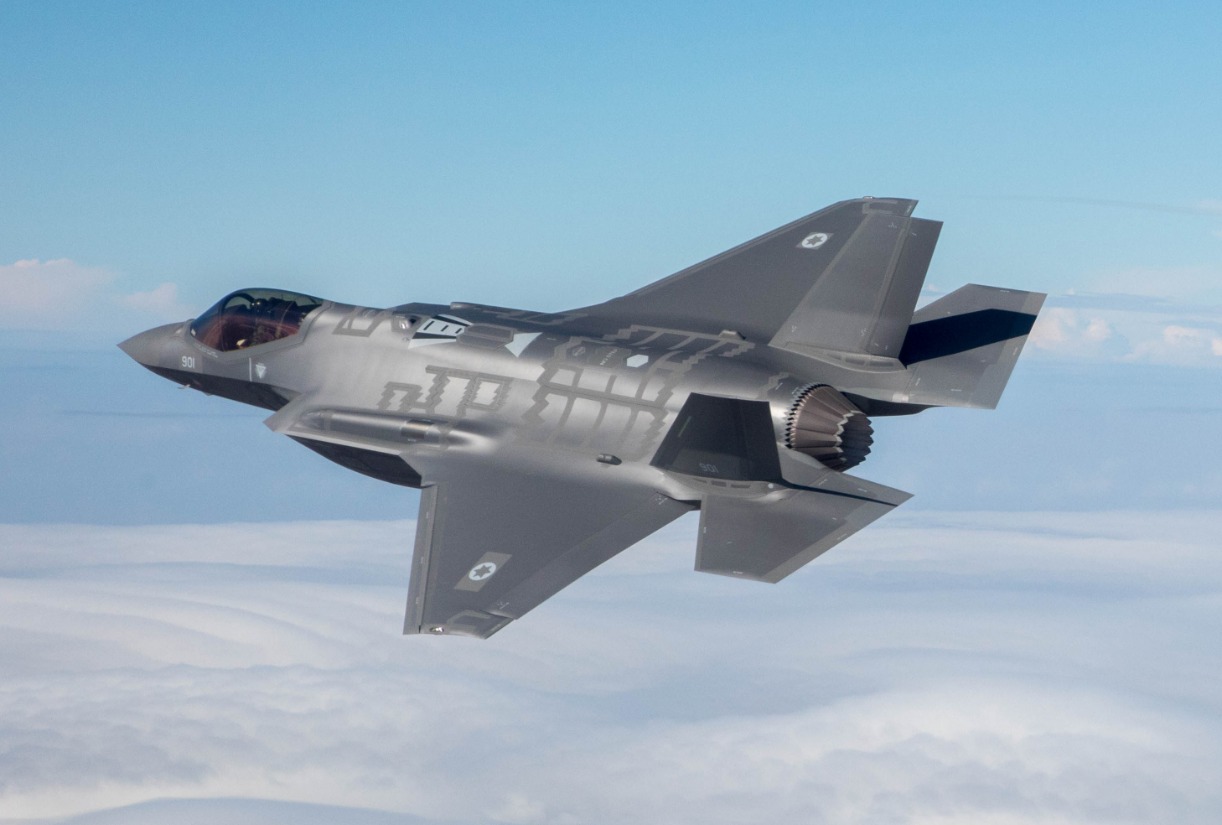
The Kfir
The IAF’s Kfir platform was largely derived from the Dassault Mirage IIIC. Compared to its French-made predecessor, the Kfir possessed improved propulsion, aerodynamics, and avionics.
The Israeli-built variant of the General Electric J79 turbojet engine incorporated in the multirole combat aircraft was more powerful than existing engines at the time.
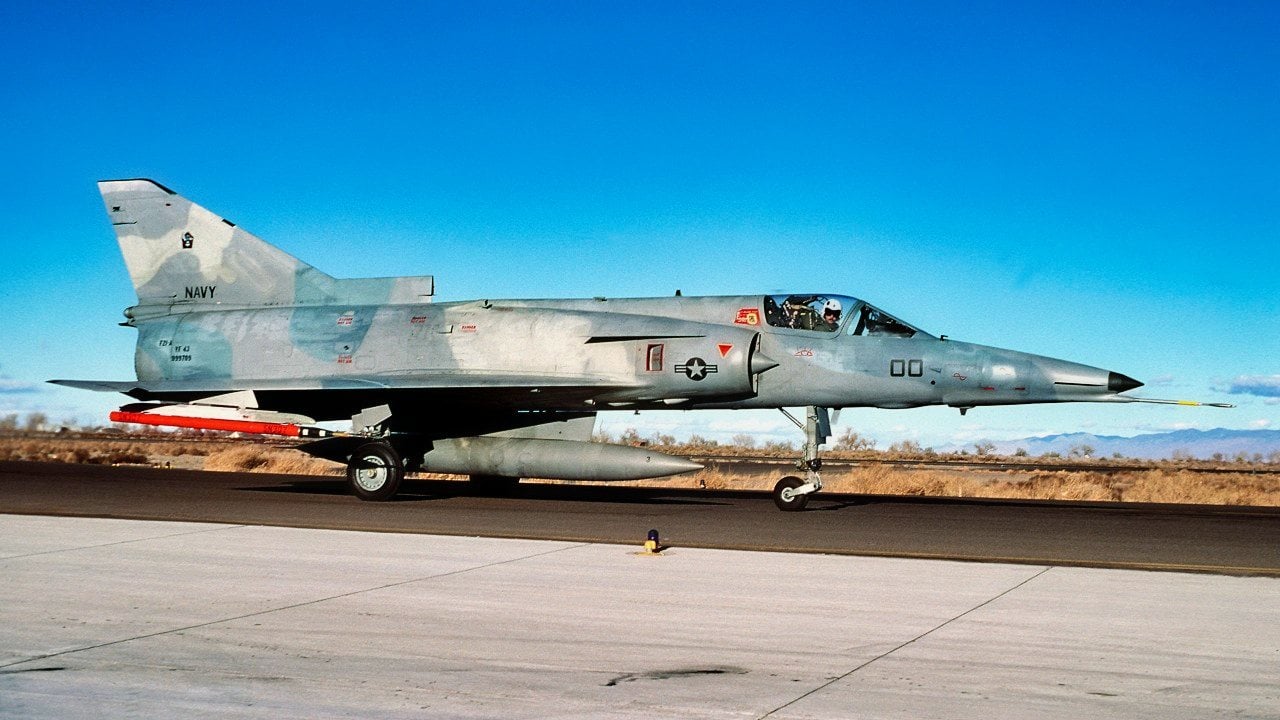
Following the platform’s introduction in the mid-1970s, the Kfir flew in its first combat mission during an Israeli air strike in Lebanon in 1977.
The F-15I
While the IAF’s specially modified F-15I Ra’am fighter may be old, the platform continues to play a crucial role in the service’s aerial strategy. Like the Adir, the Ra’am possesses unique functions from the American-made Eagle to fulfill Israel’s security needs.
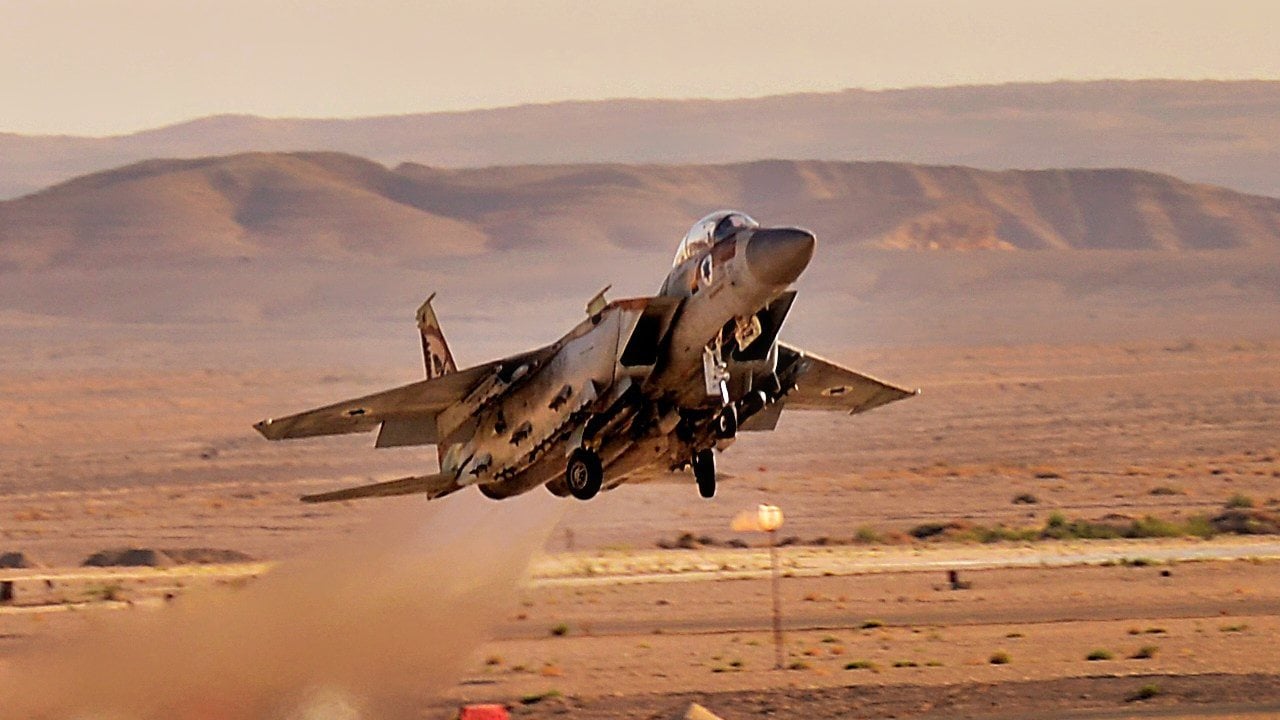
The platform was first introduced in the post-Gulf War period, offering the IAF advanced avionics, weapons, and long-range strike potential. The Ra’am jet notably has a greater range than the Adir, an important feature considering the ramp-up in tensions between Jerusalem and Tehran.
The F-16I
Outside of the U.S. Air Force, the IAF flies the largest contingent of the F-16 Fighting Falcon. Nicknamed “Sufa” (thunderstorm in Hebrew), the platform hosts several modifications that make it an essential component of Israel’s fighter fleet.
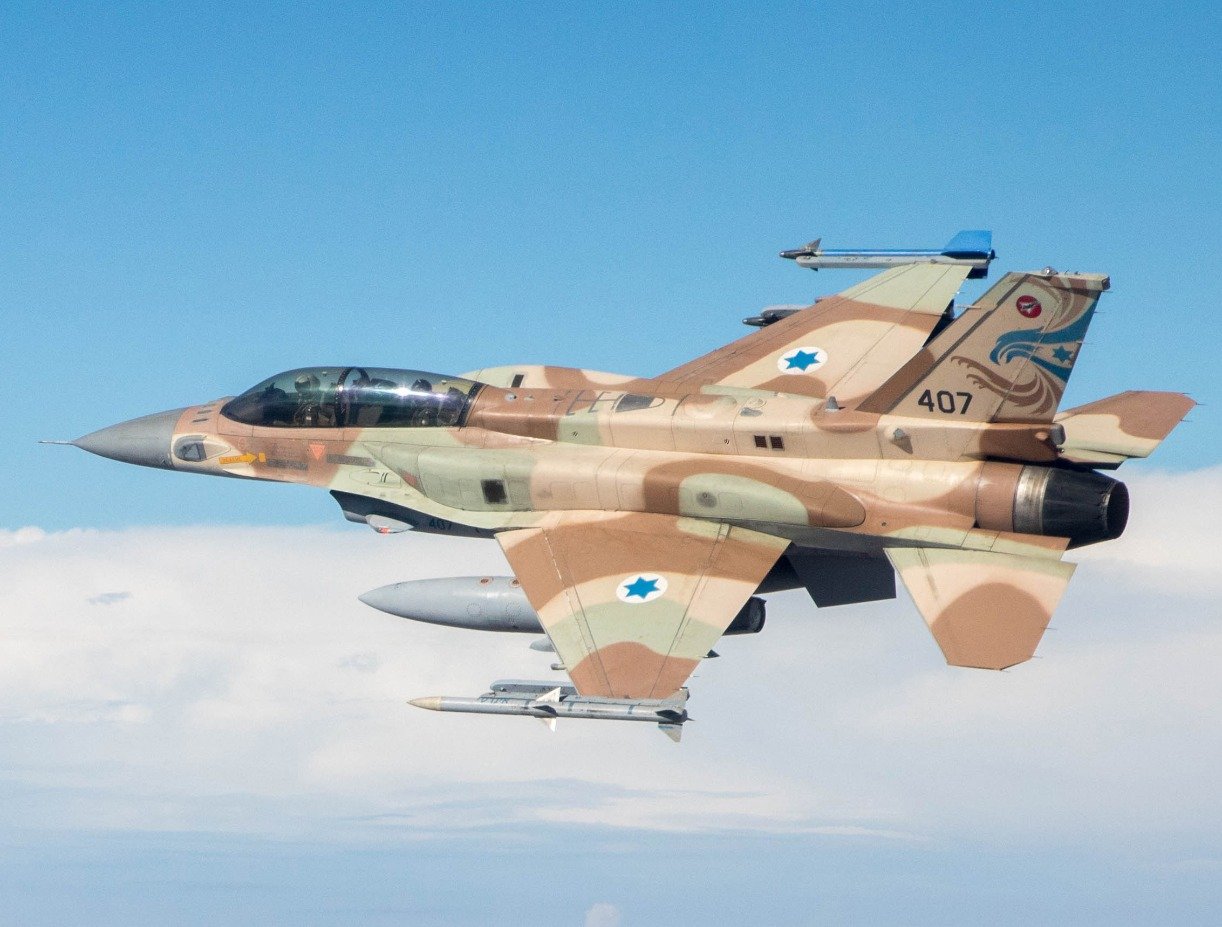
When the Sufas first arrived in Israel in the early 2000s, they featured altered avionics, weapons support systems, and instrumentation. Additionally, the Sufa is fitted with Israeli-built conformal fuel tanks that extend the platform’s range.
The F-4 Phantom
One of the most revered platforms to ever fly for the IAF is the McDonnell Douglas F-4 Phantom. Without this formidable long-range supersonic jet interceptor, the outcome of the 1967 Six-Day War and subsequent conflicts could have been different for the Jewish state.
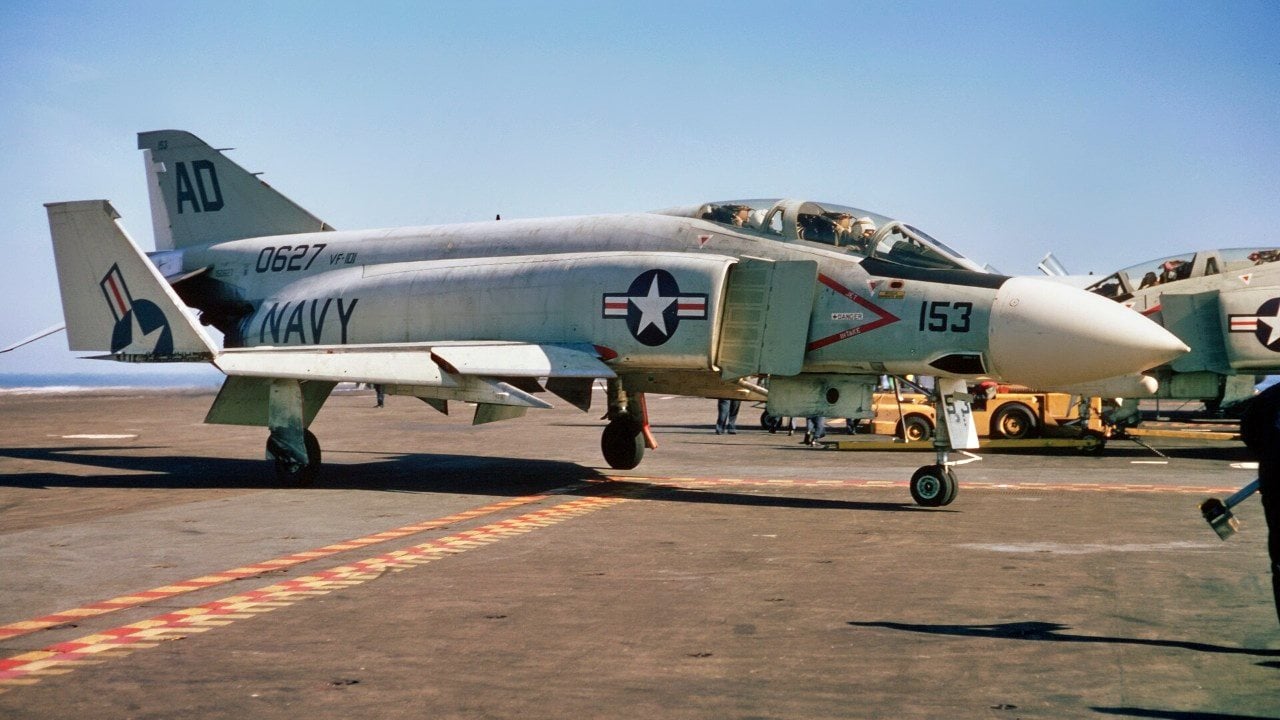
The Phantom’s advanced capabilities allowed the IAF to strike deep inside Egypt’s territory following the latter’s invasion.
As these five platforms can attest, Israel’s possession of top-of-the-line and specially modified fighters has greatly aided the country’s security in one of the world’s most dangerous regions.
About the Author: Maya Carlin
Maya Carlin, National Security Writer with The National Interest, is an analyst with the Center for Security Policy and a former Anna Sobol Levy Fellow at IDC Herzliya in Israel. She has by-lines in many publications, including The National Interest, Jerusalem Post, and Times of Israel. You can follow her on Twitter: @MayaCarlin.
Images: Creative Commons.


